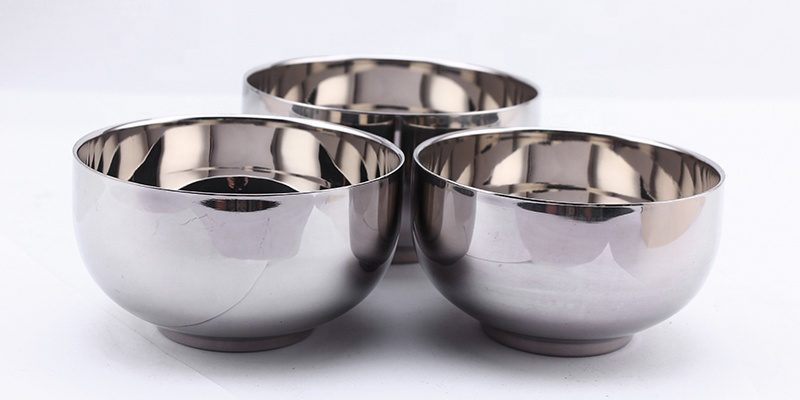Stainless steel bowls have earned their place as a culinary marvel, thanks to the science behind their remarkable properties. Understanding the composition and characteristics of stainless steel sheds light on why these bowls are a staple in both professional and home kitchens.
Composition Matters: Stainless steel is an alloy composed of iron, chromium, nickel, and other elements. The presence of chromium is what gives stainless steel its resistance to corrosion and staining. This makes stainless steel bowls ideal for withstanding the acids, salts, and moisture commonly found in cooking ingredients.
Heat and Temperature Resistance: One of the standout features of stainless steel bowls is their ability to handle a wide range of temperatures. This is due to the high melting point of the alloy. Whether you’re using your steel bowl for mixing a warm cake batter or chilling a salad in the fridge, it remains unfazed by extreme temperatures.
The Non-Reactive Advantage: Stainless steel’s non-reactive nature is a boon for food safety and flavor preservation. Unlike some other materials, stainless steel does not interact with acidic or alkaline ingredients, ensuring that the taste and quality of your food remain uncompromised.
Maintaining Hygiene: Stainless steel’s smooth and non-porous surface has another benefit: ease of cleaning. Bacteria and germs find it hard to adhere to the surface, making stainless steel bowls inherently more hygienic. This quality, combined with the dishwasher-safe nature of most stainless steel bowls, makes them a practical choice for busy kitchens.
In essence, stainless steel bowls embody the synergy of science and culinary art. Their unique composition, heat resistance, non-reactive properties, and hygienic design make them an indispensable tool for chefs and home cooks who demand both precision and performance from their kitchenware.





















